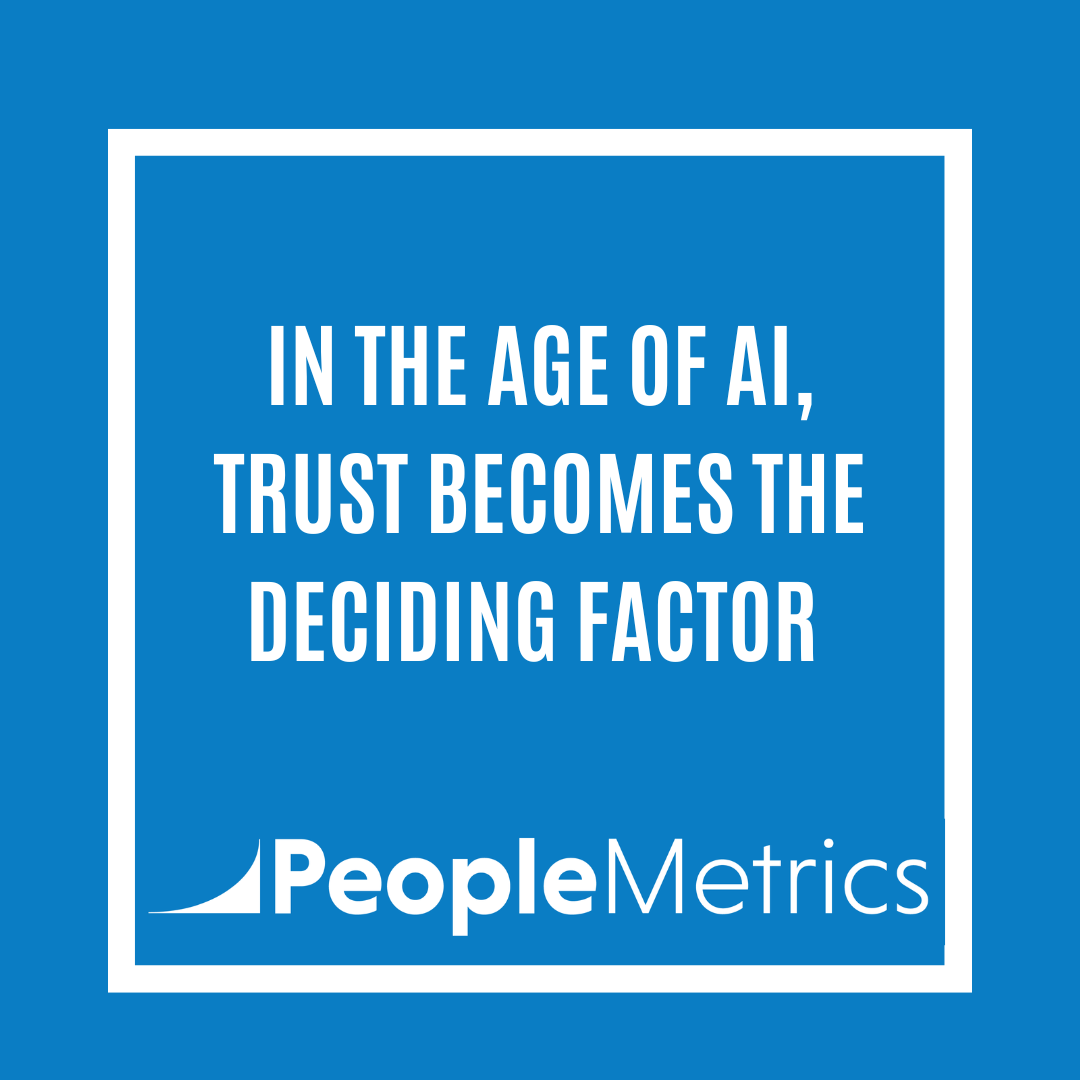Customer-centricity is increasingly being viewed by leaders as a strategic priority. Based on employee feedback from the PeopleMetrics 2011 Employee Engagement Trends report, this four-part series examines the seven practices that differentiate a customer-centric from a company-centric company.
Practice #1: Make customers central to the mission.
The Ritz Carlton Credo is a pristine example of writing the customer into the mission statement. It clearly defines the quality of guest interactions and a company commitment to the guest. Yet The Ritz Carlton is hardly the first company to write an interesting mission statement or make colorful claims about high levels of customer service. What gives this document power are the people who bring it to life. At the Ritz Carlton, the mission statement is more than a forgotten piece of marketing collateral; it’s a source of pride that employees rally around.
One employee in our study shared the following about their employer’s mission: “Because the company truly believes in the following motto, ‘Do the right thing, do whatever it takes, and have fun’, we literally do whatever it takes to make the customer happy.”
Making customers a part of the mission starts with physically writing the customer experience into key documents, and then using the remaining six practices to demonstrate a commitment to the goal of a customer-centric culture.
Practice #2: Focus on highly loyal customers.
In our Most Engaged Customer Study, the Cable & Satellite TV sector has claimed the lowest percentage of engaged customers for two years running. This is little surprise as this is one of the few industries that “punish” loyalty by raising prices the longer a customer stays with them. In contrast, customer-centric companies place a premium on loyal customers.
An employee working in the retail sector shared how customer service policies affect employee work: “Customer service is what we pride ourselves on and is how we keep customers coming back. We are known in the retail industry for our exceptional service to our members and guests, and it makes us happy to make customers happy.” How a company treats its loyal customers sends a strong message to employees about whether a company is focused on better experiences or higher profits.
Organizations that value their loyal customers and stress the importance of their business to employees create an environment that naturally encourages employees to invest personally in relationships. One employee in our study perfectly captured how this dynamic changes employee engagement: “People take pride in working for a company that does right by its customers and value being part of a company that allows them to build lasting relationships with loyal customers and clients.”
Making customers central to the mission and focusing on building and sustaining customer loyalty are two practices that start at the top of an organization and require consistent communication. These are core practices that employees recognize as demonstrating their leaders’ commitment to the customer.
~Janessa Lantz
Topics: Employee Experience, Customer Experience





